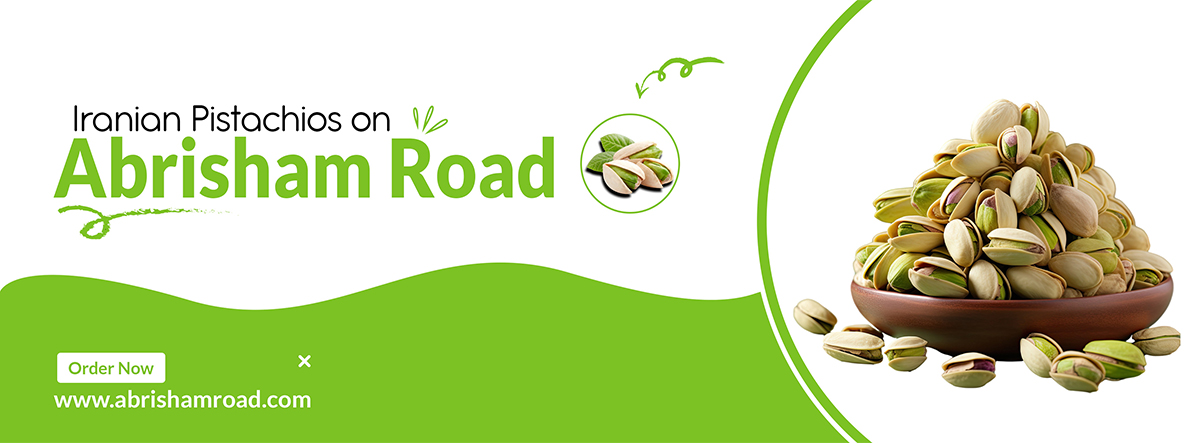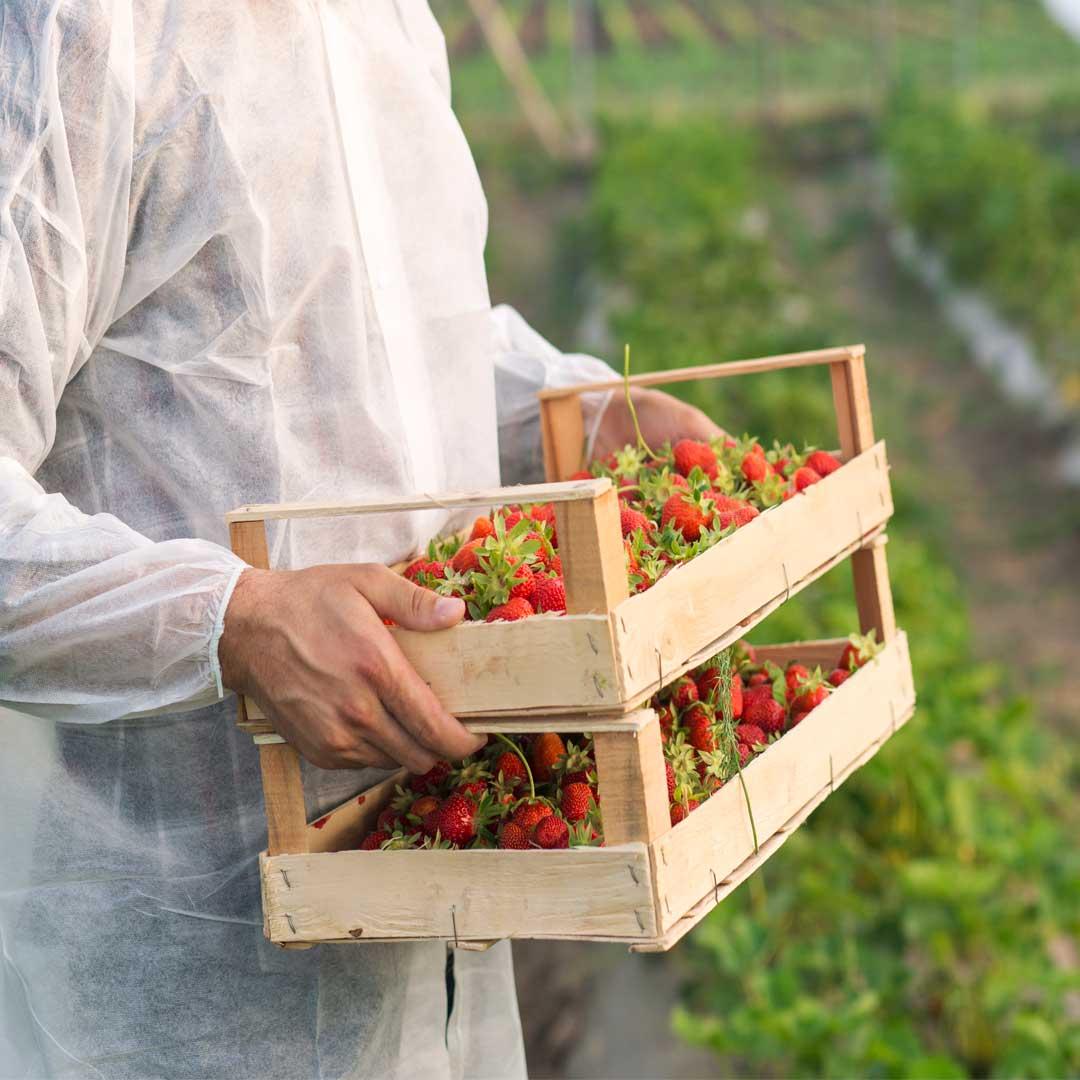France is a major EU market with high demand for premium, natural, and exotic foods. Iran exports pistachios, saffron, d...
Iranian Pistachio Exports: Navigating Global Markets

The Economic Pillar
Pistachio Export in Iran Pistachio, the crown jewel of Iran's tropical agriculture, stands as a crucial economic driver for the nation. This non-petroleum industry has become a cornerstone, with export earnings ranking highest among non-oil sectors. The trajectory of Iranian pistachio exports has witnessed significant shifts over the years, marked by geopolitical factors and changes in global trade dynamics.
Iranian Pistachios
From the U.S. to Europe, Japan, and Beyond -Historically, the majority of Iranian pistachios found their way to the United States until the challenging tariff landscape altered the course. Facing substantial tariffs, Iranian Pistachio Suppliers redirected their exports to European and Japanese markets. However, new quality standards for Aflatoxin in 1991 disrupted this flow, prompting Iranian Pistachio Suppliers to pivot once again. The focus shifted to emerging markets such as China, Russia, and South East Asia, where Iran currently exports the bulk of its pistachio production.
Persian Pistachios
Domestic and International Markets -While the international market absorbs the biggest share of Iranian pistachio production, the domestic market plays a crucial role. Approximately 20% of the total production of Iranian pistachios is consumed domestically, providing a testing ground for new pistachio varieties. Iranian consumers' preferences align closely with European tastes, with the distinction that domestic buyers embrace both in-shell and fresh pistachios. Exporters reveal a strategic allocation: 50,000 tons of Iranian pistachio to China, 30,000 tons of Iranian pistachio to the EU, 20,000 tons of Iranian pistachio to Russia, 40,000 tons of Iranian pistachio for domestic consumption, and the remaining to diverse international markets spanning 70 countries.

Challenges and Opportunities in Iranian Pistachios Industry
Competitive Landscape
The competitiveness of Iranian pistachios faces challenges rooted in factor conditions, notably the low quality and scarcity of water resources. Over-exploitation and inefficient water policies hinder productivity, setting Iranian pistachios producers apart from their American counterparts. Government subsidies, particularly in electricity costs, have historically supported pistachio production but may face challenges with recent subsidy reductions. Despite challenges, Iranian pistachio exporters remain optimistic, backed by a new EU agreement lifting Aflatoxin standards and customer preferences for the superior taste of Iranian pistachios over their American counterparts.

conclusion
As Iran navigates the complex landscape of global pistachio trade, the resilience of its pistachio industry continues to shine. The strategic diversification of export destinations, coupled with a focus on both domestic and international markets, positions Iran as a key player in the global pistachio trade. The journey from the U.S. to Europe, Japan, and beyond reflects the adaptability and tenacity of Iranian pistachio exporters in a dynamic and ever-evolving global market.

Abrisham Road's B2B Global Marketplace
Direct Connections: Buy Directly from Farmers and Suppliers -If you find yourself intrigued by the world of Iranian pistachios and wish to establish direct connections with farmers and suppliers, Abrisham Road's B2B Global Marketplace is your ideal destination. As a bridge between customers and Iranian suppliers, the platform offers a unique opportunity to source wholesale pistachios directly from the producers. Abrisham Road is not just a marketplace; it's a direct pathway to the rich agricultural offerings of Iran.





